There are a lot of things to consider when choosing your ideal concealed carry gun. Type of action, weight, size, caliber, capacity, holster options and more. Hopefully, it goes without saying that absolute reliability if the number one criteria on the list. If you can’t count on it to work every single time, then it’s as valuable as a parachute guaranteed to work 67% of the time or your money back!
Here are some of the things I consider along with a few illustrative examples of my ideal concealed carry combinations.
Capacity
Statistically, most defensive gun uses involve relatively few shots fired. Actually, the majority of defensive gun uses result in zero shots fired. With that said, it’s pretty obvious that the environment is changing. Criminals are working in teams, and the threat of domestic terror attacks increases with each passing day. I can’t tell you what is “enough” in terms of capacity. I can tell you that no one wishes they had less ammunition after a defensive gun use.
As you know, it’s all about tradeoffs. Every extra cartridge, whether in the gun or a separate carrier, brings bulk and weight. I have a Ruger LCP .380 ACP. It’s tiny and weighs exactly 43% of nothing. It holds 6+1 rounds. It’s super convenient to carry. I also have a Sig Sauer P229 chambered in .357 Sig. That is somewhat larger and weighs 29.6 ounces empty, which is about the same as a half-liter bottle of my homemade beer. On the other hand, it holds 12+1 rounds of big boom ammo. With which gun do I feel more comfortable? That’s an easy one.
I’m constantly swapping carry guns because I test them for a living. What do I find? I almost always prefer carrying something with at least 10-round total capacity. But that’s just me.
Caliber
As long as you stick to the main ones, 9mm, .40 S&W, .45 ACP and even .380 ACP, it really doesn’t matter. Contrary to all the anecdotes you’ll hear, when you add up all the actual shooting events and do the math, the figures for one shot stops and number of shots to incapacitate just aren’t that different. Multiple studies show that one shot stops for all of these calibers hover around 40% plus or minus a couple of percentage points. Likewise, the average number of shots to incapacitate an attacker range right around two, give or take. Choose the caliber you can shoot fast, accurately, and with confidence and disregard the Google Warriors.
Low-light capability
Almost by definition, you need to think about low-light suitability with your carry gun. As most defensive gun uses happen in low-light or dark environments, you’ll want Tritium night sights at a minimum. However, Tritium sights do nothing to help you verify your target, so you really ought to seriously consider adding light to your concealed carry setup.


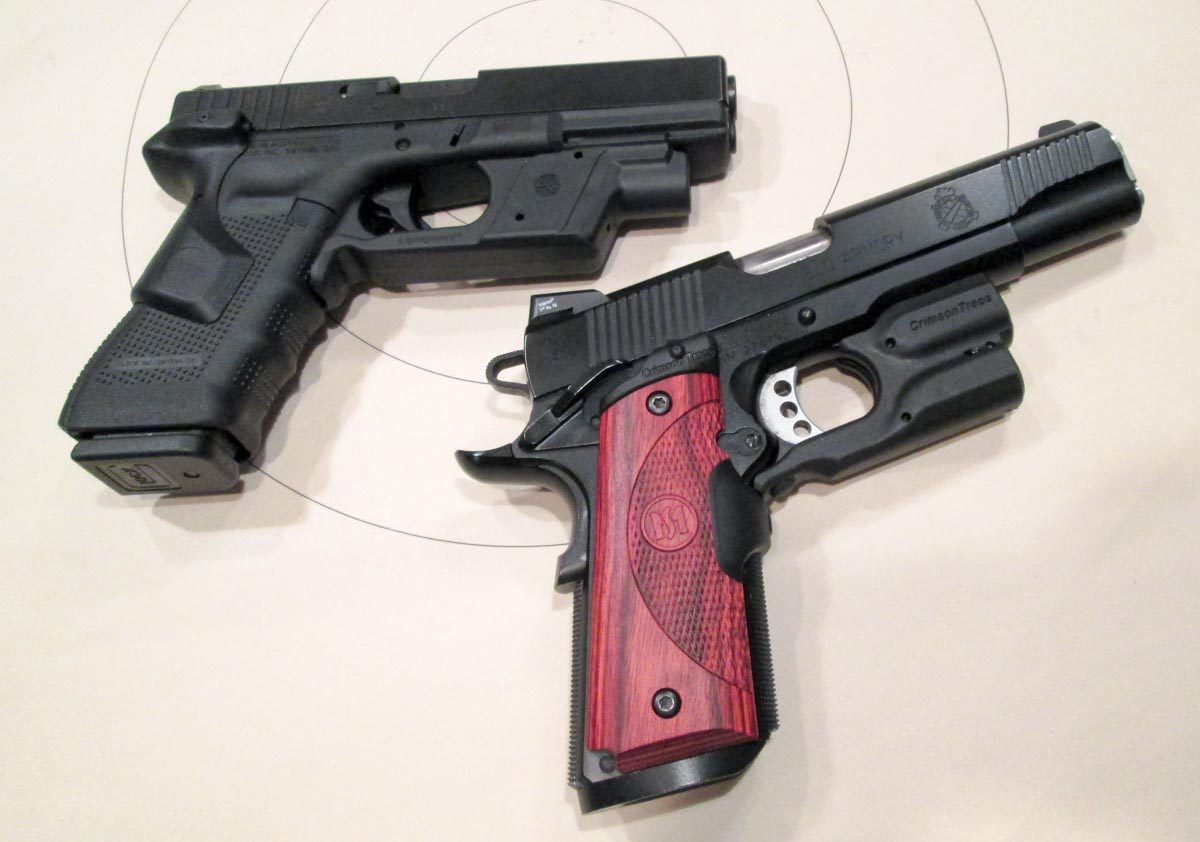
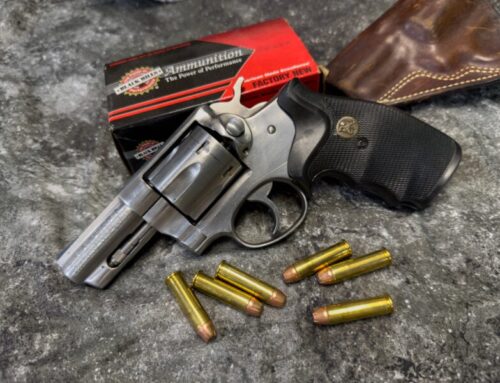
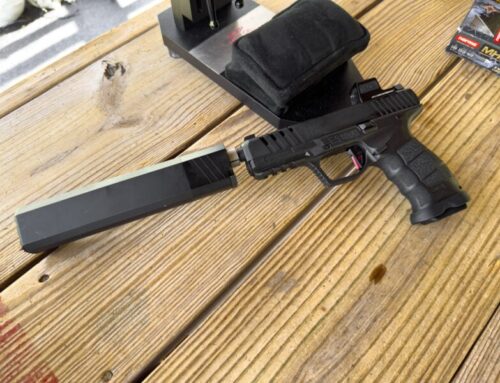
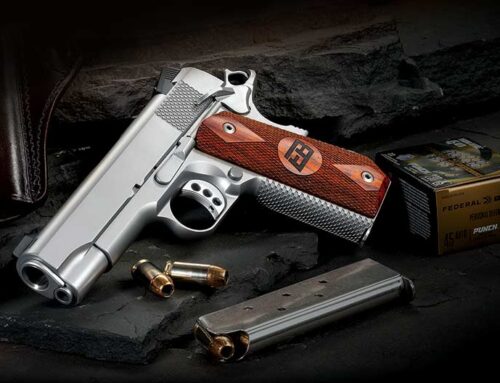
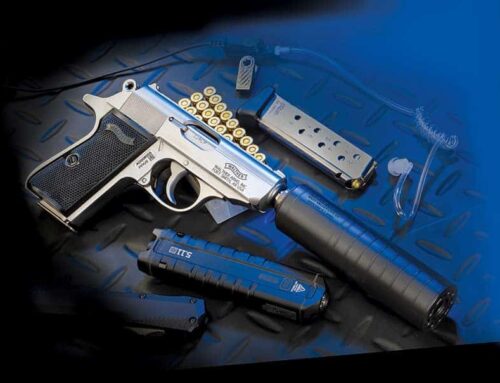
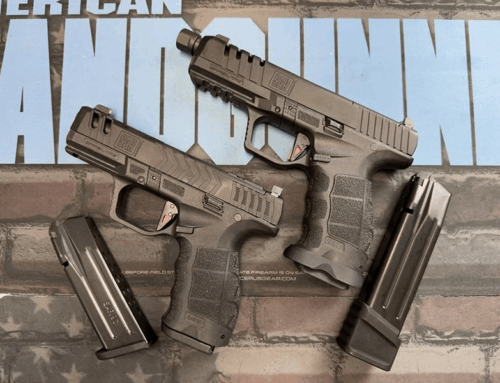

Leave A Comment